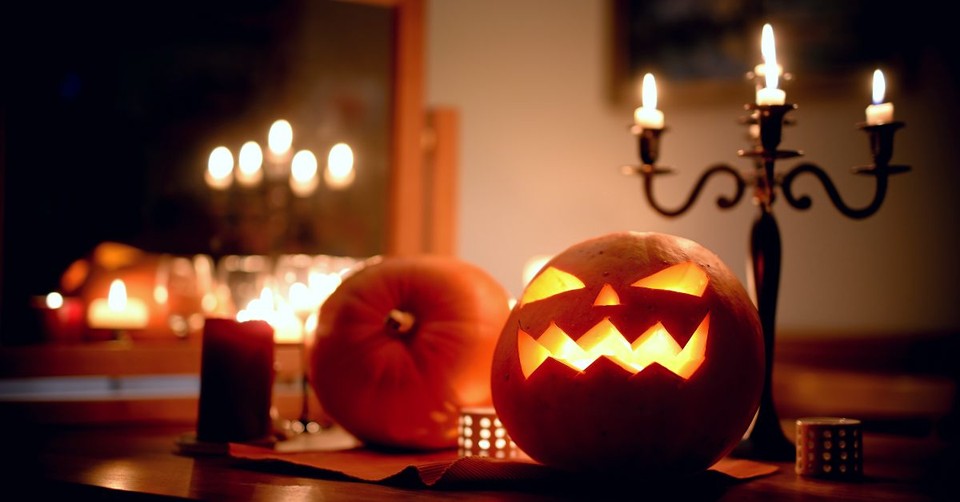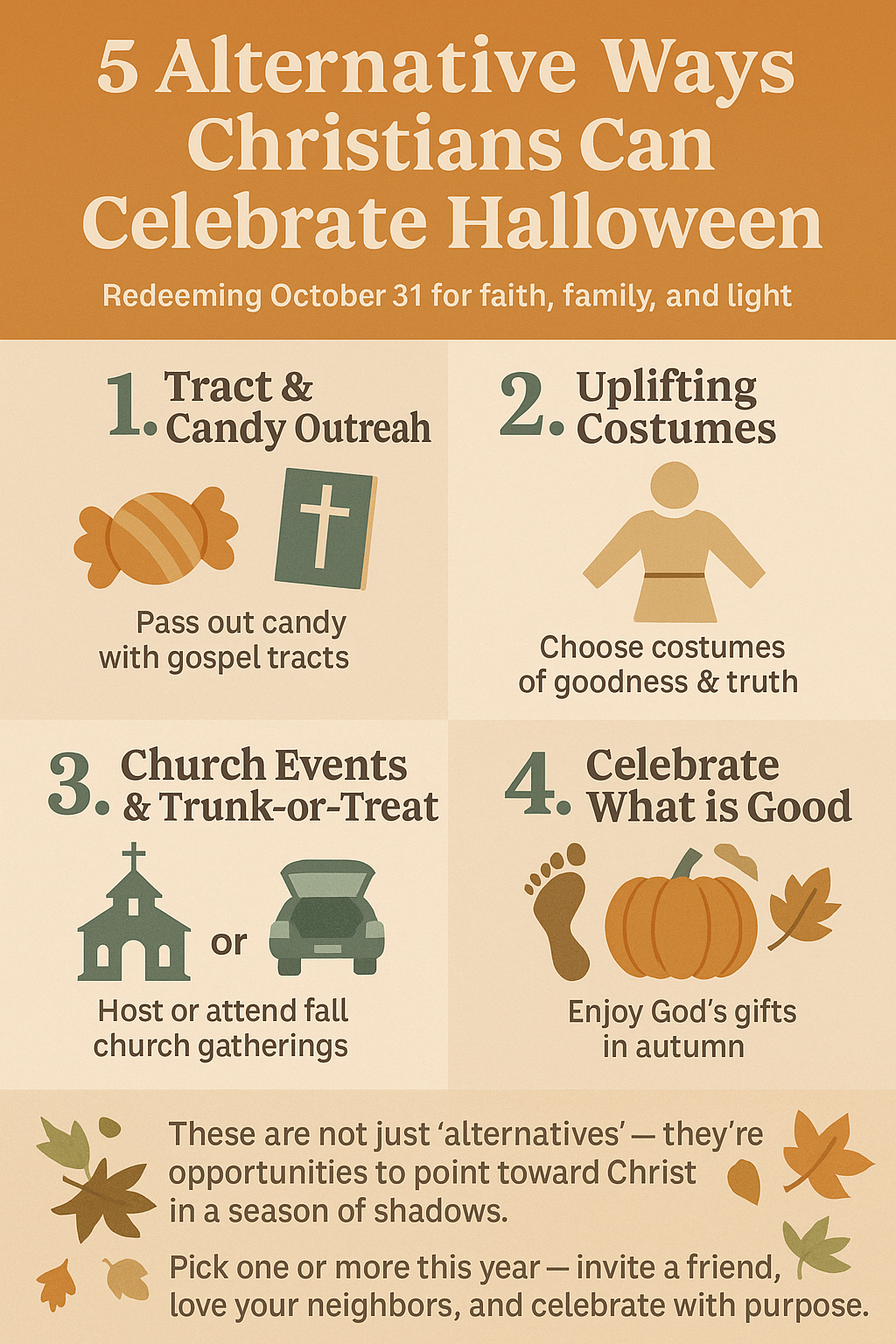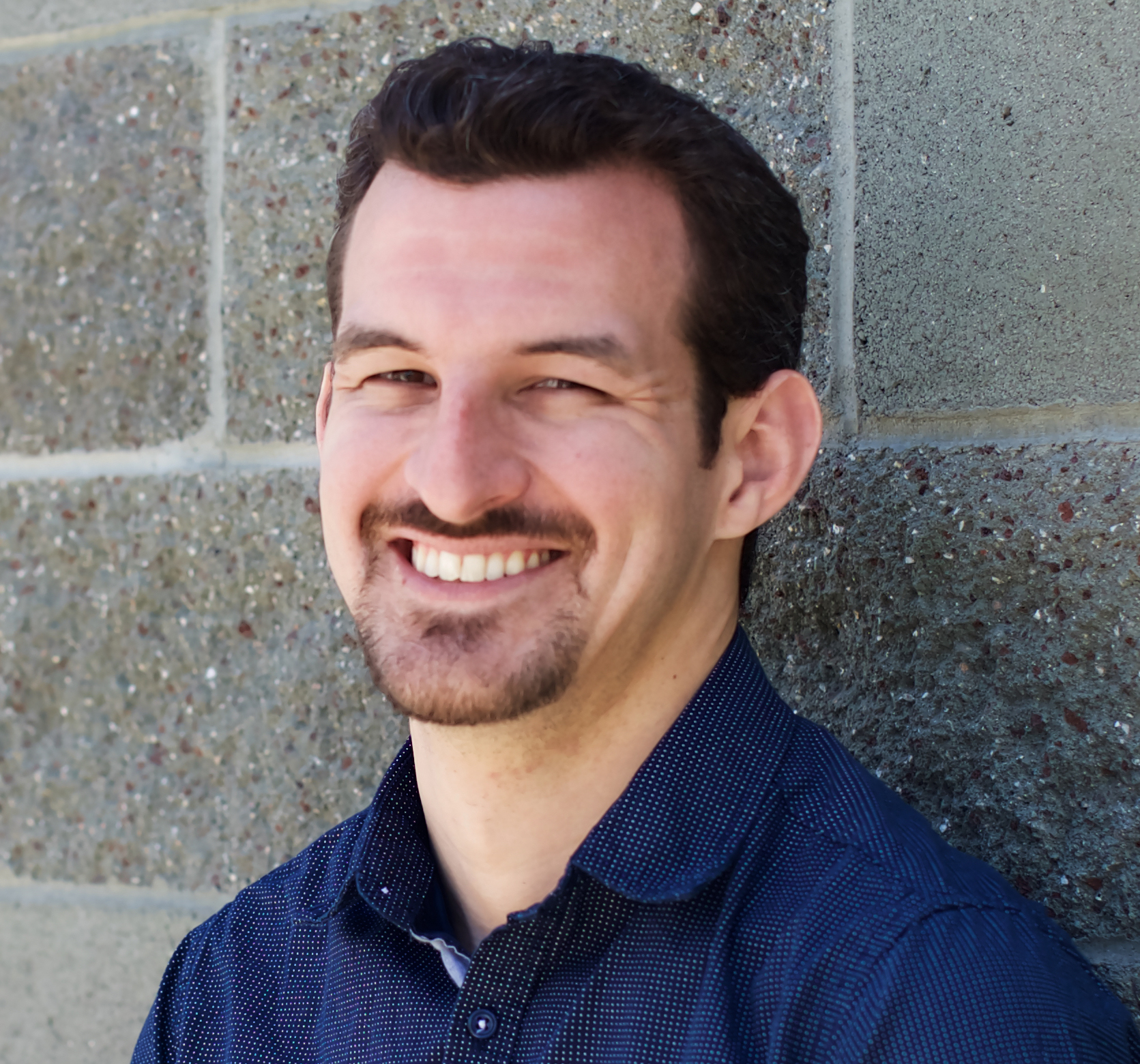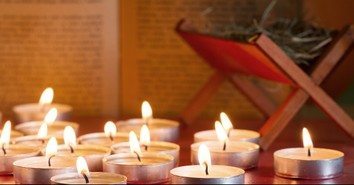What Is the History of Halloween?

Halloween is one of the most popular holidays in the United States and certainly one of the most profitable. An article published in USA Today estimated that Americans spent over nine billion dollars on Halloween decorations, parties, and events in 2018.
October 31 has become synonymous with many popular traditions. Pumpkin carving, costumes, trick-or-treating, bonfires, carnival games, mazes, haunted houses, decorations, and candy are some of the more light-hearted and even family-friendly activities enjoyed during the month of October.
Other Halloween tropes and traditions, such as popular horror movies, a focus on witchcraft and the occult, and overt links to the demonic and supernatural, are much darker and more disturbing in nature.
Of course, Christians have debated for centuries whether or not to endorse, let alone participate in Halloween. Whether that involves parents letting their children dress up in fun costumes and collect candy from their neighbors, going to see the latest scary movie, attending a horror night at a local theme park, or a church hosting their own costumed event or gospel-centered outreach, how Christians view and approach Halloween will always be a topic of conversation and even debate.
The Bible, of course, doesn’t explicitly talk about Halloween. It didn’t exist when the Bible was written. It does, however, speak boldly and clearly on the subject of death, the supernatural, and the role Christians are called to play in combating spiritual forces of darkness and evil in the world.
God’s people are also instructed to flee from all forms of pagan worship, witchcraft, and idolatry. However, the nature of what exactly is being celebrated or practiced on Halloween can vary.
In fact, if we look closely at the long and storied history of Halloween, we find many instances where the church actively worked to reverse and even supplant the more pagan rituals of October 31 with traditions of its own, many of which have shaped the Halloween we know and many love today.
This is a time of year when countless Christian authors, bloggers, pastors, and radio hosts will offer their take on the subject. Unfortunately, we would be hard-pressed to find a unified Christian view of Halloween. Christian perspectives surrounding October 31 are as diverse as its history.
Therefore, it is largely up to the individual believer to determine, through prayer, spiritual discernment, pastoral guidance, and careful study of the Word of God, how best and how biblically to approach Halloween and its many traditions.
So maybe instead of offering a proscriptive view of Halloween for the believer, maybe the best approach to take is to trace the history of October 31 as a holiday, discussing the evolution of some of its popular traditions from where they began to what they’ve become today.
Halloween Origin
When it comes to the history of Halloween, the first place to start is the pagan tradition of Samhain, practiced by the ancient Celts from October 31 to November 1 in what is now Ireland, the United Kingdom, and northern France.
For the ancient Celts, who lived nearly 2000 years ago, Samhain marked the culmination of summer and the beginning of the harvest. It was the midpoint between the fall equinox and winter solstice and was treated as the day that ushered in the cold winter and darker half of the year, in which sickness and death were more prevalent.
According to History.com, the Celts and Druids believed that on Samhain, “The boundary between the worlds of the living and the dead became blurred.” Furthermore, on October 31, the Celts believed that the spirit world would become visible to humans, and the ghosts of the dead would return to earth to cause trouble, damage crops, and otherwise play tricks on the living.
For this reason, the Druids would often build large communal bonfires to offer sacrifices to the Celtic deities. The Celtic people also left token offerings outside of their village to appease the fairies, ghosts, and spirits.
There were even occasions where the Celts would also tell each other’s fortunes, share scary stories, and wear animal or monster costumes to try and trick the roaming spirits into leaving them alone.
Obviously, this isn’t the kind of pagan ritual or tradition the Bible would ever condone. However, in the centuries that followed, October 31 celebrations would begin to be enjoyed in a completely different context.
Historical Timeline of Halloween in the Church
By AD 43, the Roman Empire had conquered most of the Celtic territory in Europe, and for the next 400 years, various Roman holidays and festivals similarly designed to commemorate the passing of the dead and the harvest were combined with the Celtic Samhain.
It wasn’t until the Roman Catholic church gained a foothold in Celtic lands that Celtic traditions and rituals like Samhain were refashioned.
In fact, Pope Gregory I (AD 590 to 604) had advised missionaries to Ireland and England not to do away with the religious holidays of the Celts and non-Christian peoples of the region, but rather, to try and appropriate or transition them from their pagan roots into a more Christian context.
Subsequently, in AD 609, Pope Boniface dedicated the Pantheon in Rome in honor of Christian martyrs, establishing All Martyrs’ Day as a church holiday. Pope Gregory III later expanded the festival to include saints as well as martyrs, shifting the holiday from May 13 to November 1.
Now, what does all this have to do with October 31, which still hadn’t been given the name Halloween?
By the ninth century, Christianity had taken over Celtic lands, but rather than abolish the Celtic traditions of October 31 outright, the church shifted the focus of October 31 from a celebration of pagan deities, roaming spirits, and the dead to a more Christian emphasis on the soul, the supernatural, and the saints.
November 1 became known as All Saints' Day in the Catholic church, and in AD 1000, the church made November 2 All Souls' Day, with many of the same traditions of Samhain, including giant bonfires, parades, and costumes of saints, devils, and angels, still being practiced.
Furthermore, in preparation for All Saints' Day on November 1, on which venerated saints, also known as “hallows,” were celebrated, the night before became known as the eve of all-hallows or All Hallows’ Eve. Eventually, the day was known as Halloween.
Thus, a once pagan festival was repurposed and refashioned into a church holiday to acknowledge the supernatural but celebrate the saints, not roaming spirits.
Of course, many Celtic traditions never truly died out even after the church Christianized Samhain and established Halloween. They just took on a new meaning.
For example, placing fire (representing the sun) in hollowed-out vegetables (representing the harvest) was a tradition established by the Celts and later adopted in future celebrations.
In the Middle Ages, carved turnips (later pumpkins) called Jack-O-Lanterns began to appear in commemoration of the Irish myth of Stingy Jack, who wandered the earth after being denied entry into both heaven and hell. Today, carved pumpkins are more decorative than anything.
Trick-or-treating also followed the Celtic tradition of giving token bits of the harvest to wandering spirits to keep them from interfering with the harvest or harming the home. Today, trick-or-treating is more communal and candy-driven than an attempt to placate ghosts, fairies, or spirits.
Halloween in America
In colonial America, large festivals and the telling ghost stories became common. It wasn’t until the Irish potato famine and subsequent migration of millions of Irish farmers to America in the mid 19th century that many of the traditional elements of Halloween practiced in Europe were popularized in America.
In the late 1800s, Halloween in America also began to shift away from a spiritual holiday focused on ghosts, witchcraft, and death to a more community-oriented festival, celebrating family and good things, in line with similar seasonal traditions like American Thanksgiving and Christmas.
Many have since latched onto Halloween and tried to make it their own. Halloween has come to mean many things to many different groups; some good, some evil. It is as much a day about family, community, and the harvest as it is a time to dabble in the horrors of death and darkness.
Should Christians Celebrate Halloween?

Like many holidays, Halloween has plenty of good and even great traditions Christian families can enjoy. On the flip side, there is an abundance of awful, ugly, and evil practices at work on and around October 31 that Christians should swiftly avoid.
If you do want to take part in some kind of celebration on or around October 31st, you and your family could always opt for alternative ways to celebrate Halloween. Several ideas to inspire you can be found here.
What’s important is that Christians understand the traditions they participate in, know what the Bible has to say about these topics, and approach every holiday and cultural practice with prayer and discernment. Knowing a bit of the history of Halloween can be an important step in that process.
For further reading:
Why Was Evil Celebrated on Halloween?
Why Do We Celebrate Fear at Halloween?
What Does the Bible Say about Halloween?
Should Christians Really Celebrate Halloween?
Photo Credit: ©iStock/Getty Images Plus/MNStudio


Originally published October 24, 2022.







